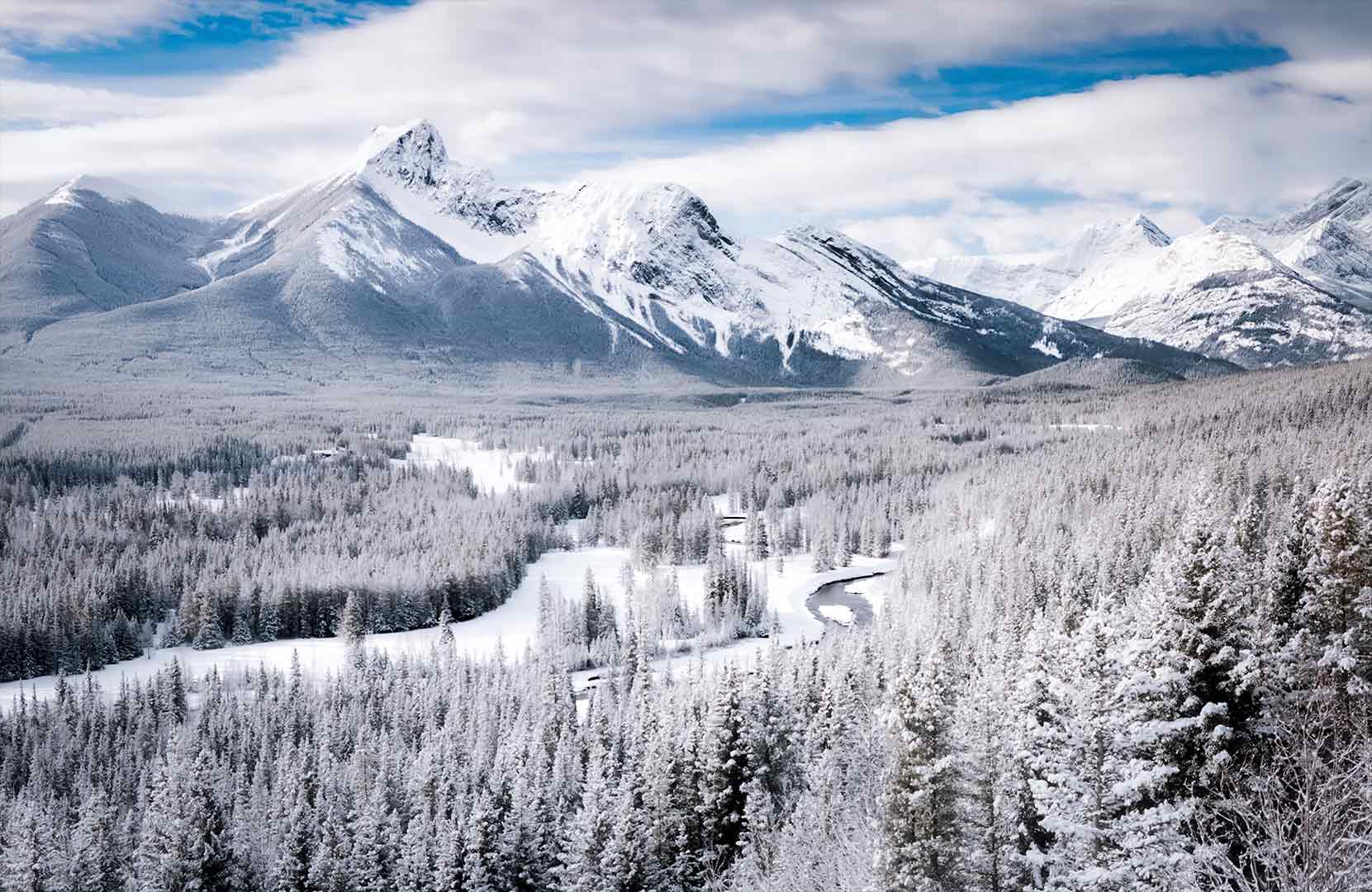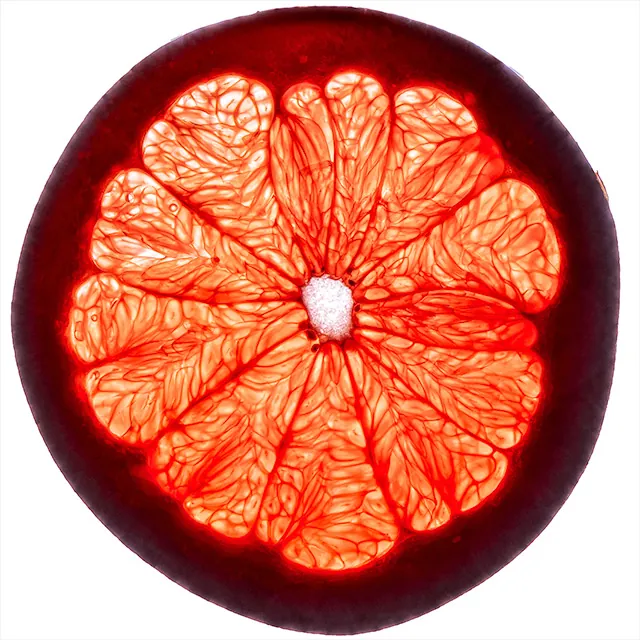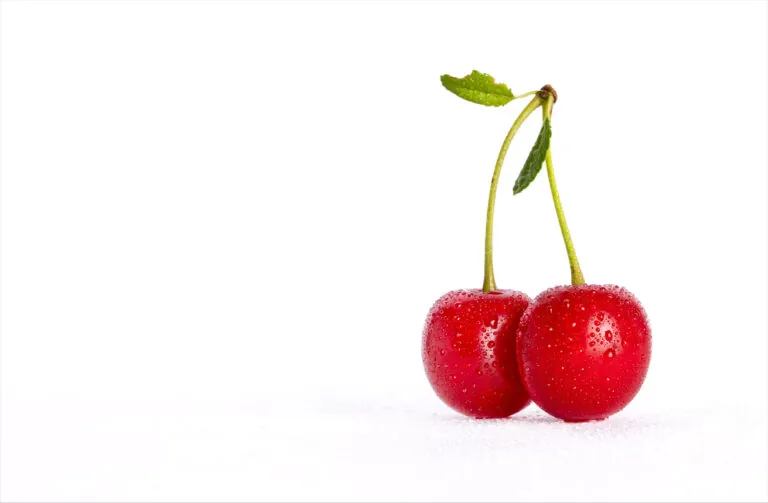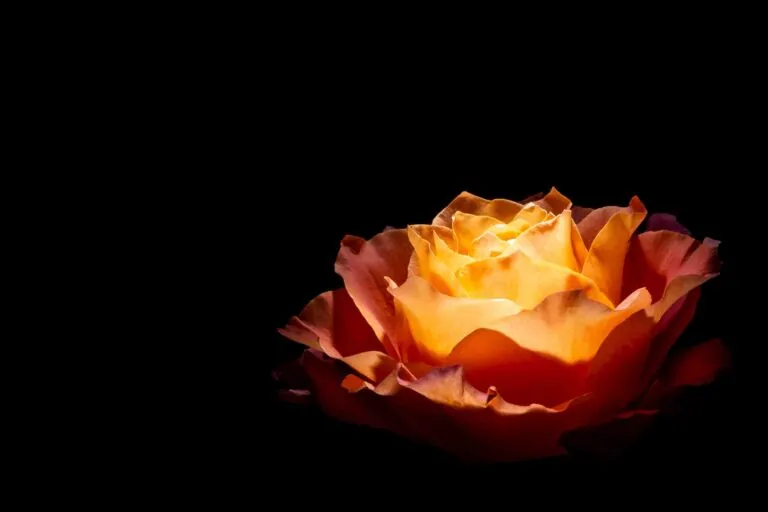The Power of White in Art and Photography: How to Use It with Purpose and Emotion

White is one of the most powerful tools in an artist’s or photographer’s palette. From spiritual symbolism to emotional contrast, the power of white in art holds deep meaning and visual impact. In this blog, we’ll explore why white is so captivating, how it’s rooted in both science and human psychology, and how you can use it more effectively in your creative work. If you’re looking for ways to elevate your art, understand color theory more deeply, or harness the emotional weight of white, this guide is for you.
The Stark Simplicity of White
A photograph or painting that emphasizes white often stops us in our tracks. There’s something about its starkness that demands attention. White brings life to simplicity. It clears space for contemplation, silence, and serenity. Especially when paired with cool hues like blues, purples, and pinks, white captures cold, light, and stillness, as seen in many of Claude Monet’s winter scenes, such as Snow Scene at Argenteuil.
Is White Even a Color?
Interestingly, scientifically speaking, white isn’t just one color. It’s all of them. White light contains the full visible spectrum, all wavelengths blended together. This makes white unique. It is not an absence of color like black but the totality of light. That fullness carries symbolic weight in art and life, representing potential, wholeness, and clarity.
Why Humans Are Drawn to White
There are evolutionary reasons for why we find white so comforting and captivating:
- Light means safety. Early humans felt safer in well-lit, open areas where predators were easier to spot. White mimics daylight and open skies, helping the brain associate it with peace and visibility.
- White signals cleanliness. From fresh snow to clean water and bone, white elements in nature often signaled purity and safety, helping humans avoid decay and disease.
- It stood out. In dark environments like caves or forests, white provided high contrast, making it easier to notice and interpret. That’s why white is often tied to signals of peace, surrender, or clarity even today.
The Spiritual Power of White
Across cultures, the power of white in art is rich with spiritual symbolism:
- It represents purity, simplicity, and the divine. White allows us to strip down visual distractions and focus on the essence of a subject.
- In many faiths, it symbolizes heaven, light, holiness, and even the infinite unknown, much like a blank canvas full of potential.
One verse that deeply resonates with me is Isaiah 1:18:
“…though your sins are like scarlet, they shall be as white as snow; though they are red like crimson, they shall become like wool.”
For me, a fresh snowfall is a reminder of redemption and hope. No matter the past—guilt, shame, or pain—we can be made new. White is not empty. It’s a space where healing and possibility live.
How to Use White More Effectively in Your Art
White isn’t just a background color. It’s a storytelling tool in your photography and art. Here’s how to make the most of it:
✅ Use white to:
- Create contrast and draw focus
- Make your subject stand out in minimalist or high-key compositions
- Add light, softness, and mood
- Symbolize silence, purity, distance, or spiritual reflection
- Break visual noise and help clarify your story
Final Quick Tips:
- Don’t overuse pure white. It can flatten your image.
- Use warm or cool off-whites to add richness and tone.
- Let white act as a frame for emotion. Ask yourself, what should the viewer feel in the quiet?
Final Thought
White in art may look simple, but it is deeply layered—emotionally, scientifically, and spiritually. Whether you’re a painter, photographer, or art lover, consider white not as a blank space, but as a voice. One that whispers peace, clarity, and infinite potential.
The power of white in art is wonderful. However, there is so much more in this world that can connect us to nature, spirituality, and true joy. I invite you to read my blog about Mountains and Spirituality and explore how my personal journey and creative philosophy have shaped my art. Take a moment to browse my gallery—you might just see the world a little differently.






